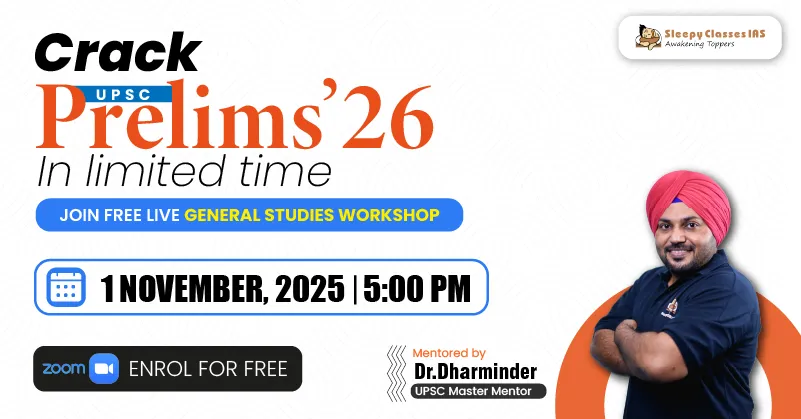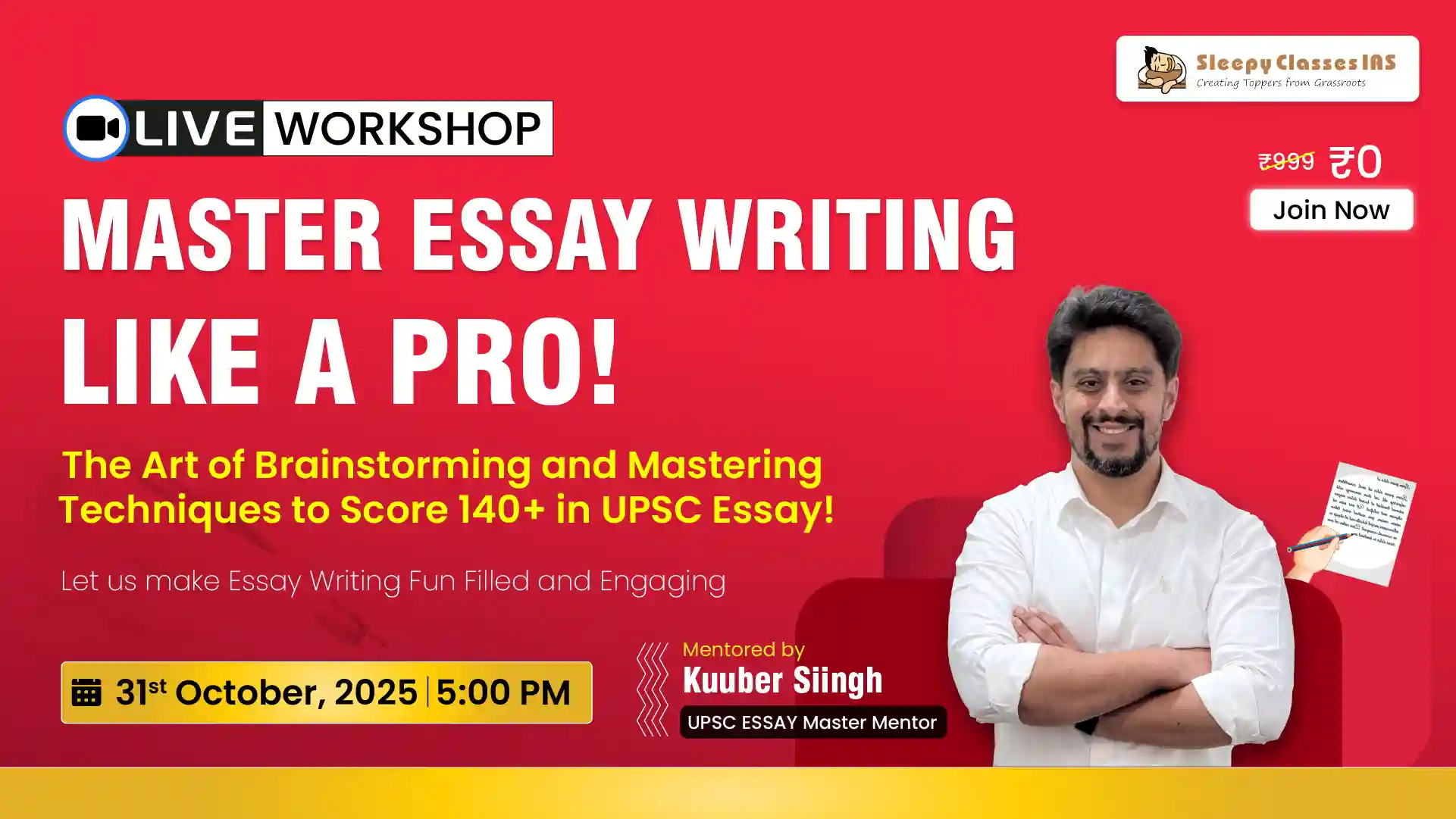The way you present your answers in the UPSC exam can greatly influence your scores. Good presentation makes your answers easier to read and understand, which can impress the examiners. This article explores the importance of presentation in UPSC answer writing and provides practical tips to enhance your answer structuring skills.
Key Takeaways
- Clear and well-structured answers can positively influence examiners.
- Using headings, subheadings, and bullet points can make your answers more readable.
- Incorporating diagrams and flowcharts can enhance clarity and understanding.
- Integrating current affairs seamlessly into your answers can make them more relevant.
- Regular practice and feedback are essential for improving answer presentation.
Understanding the Role of Presentation in UPSC Answer Writing
The way you present your answers in the UPSC exam can greatly influence your final score. Mastering the structure of your answers is crucial for success. This section will explore why presentation matters and how it can impact your performance.
Techniques for Structuring Your Answers
Introduction, Body, and Conclusion
A well-structured answer is essential for effective communication. Start with a brief introduction that outlines your understanding of the question. The body should cover different aspects of the topic in a logical sequence. Finally, conclude by summarizing the key points. This structure helps in presenting a clear and concise response.
Use of Headings and Subheadings
Break down your answers using headings and subheadings. This not only adds visual appeal but also makes it easier for the examiner to follow your line of thought. Headings act as signposts, guiding the reader through your response and emphasizing key points.
Incorporating Bullet Points and Numbering
In certain types of questions, such as those requiring listing or comparison, consider presenting your response in bullet points or numbering. This format enhances readability and makes it easier for the examiner to identify the key elements of your answer.
A well-organized macrostructure not only enhances the readability of an answer but also strengthens the persuasiveness and impact of the message being conveyed.
Effective Use of Diagrams and Flowcharts
When to Use Visual Aids
Diagrams and flowcharts can be very helpful in UPSC answer writing. They help in presenting information clearly and concisely, making it easier for examiners to understand and evaluate answers effectively. Use visual aids when you need to simplify complex information or when a visual representation can make your point stronger.
Types of Diagrams and Their Applications
Different types of diagrams serve different purposes. Here are some common types:
- Flowcharts: Useful for showing processes or sequences.
- Pie Charts: Great for displaying proportions and percentages.
- Bar Graphs: Ideal for comparing quantities.
- Maps: Helpful in geography-related questions.
Enhancing Clarity with Flowcharts
Flowcharts are particularly effective in breaking down processes into simple steps. They can make your answer more engaging and easier to follow. Ensure that your flowcharts are neat, labeled, and directly relevant to the question.
A well-placed diagram or chart can break the monotony of text and make your answer more engaging.
Incorporating these visual tools can significantly enhance the quality of your answers and may fetch better marks.
Incorporating Current Affairs into Your Answers
Keeping up with current affairs is crucial for UPSC Mains. It helps you link your answers to real-world events, making them more relevant and impactful. Integrating current events with the static syllabus can provide a richer context to your responses, showing a deeper understanding of the subject matter. Reliable sources for current affairs include daily news, editorials, and specialized UPSC preparation websites. Analyzing current affairs involves not just reading but also understanding the implications and how they relate to the topics in your syllabus. This practice can significantly improve the quality of your answers.
Balancing Depth and Breadth in Your Answers

Balancing depth and breadth in your answers is crucial for scoring well in the UPSC exams. It involves understanding the question’s demand, providing multiple perspectives, and avoiding superficial coverage.
Time Management During the Exam
Managing your time well during the UPSC exam is crucial for success. Here are some effective strategies to help you make the most of the limited time available.
Improving Language and Expression
Using Simple and Clear Language
When writing your UPSC answers, always aim for simplicity and clarity. Avoid using complex words that might confuse the examiner. Instead, use straightforward language to convey your ideas effectively. This approach ensures that your answers are easily understood and appreciated.
Avoiding Jargon and Complex Terms
Steer clear of jargon and overly technical terms unless absolutely necessary. Using simple language helps in making your answers more accessible. Remember, the goal is to communicate your understanding, not to showcase a vast vocabulary.
Proofreading for Grammatical Accuracy
Before submitting your answers, take a moment to proofread. Look for any grammatical errors or unclear expressions. A quick review can catch potential mistakes and enhance the overall quality of your responses.
A well-written answer not only demonstrates your knowledge but also reflects your ability to communicate effectively. This can significantly impact the examiner’s perception of your competence.
Role of Practice and Feedback

Importance of Regular Practice
Regular practice is essential for mastering the structure of UPSC answers. It helps in identifying strengths and weaknesses, allowing for continuous improvement. Practice makes perfect is a saying that holds true here. The more you practice, the better you get at structuring your answers and managing your time.
Seeking Constructive Feedback
Receiving feedback is crucial in UPSC preparation. It helps you understand where you are going wrong and what you can do to improve. Feedback can come from mentors, peers, or even self-assessment. Constructive feedback is invaluable as it offers tailored advice on how to enhance your performance.
Incorporating Feedback into Future Answers
Incorporating feedback into your future answers is a key step in improving your writing skills. When you receive feedback, take the time to understand it and apply it to your next set of answers. This process of continuous assessment and improvement is what will help you excel in the UPSC exams.
Tracking progress and adjusting strategies is crucial for continuous improvement. Aspirants should not keep writing answers solely but get feedback as well. Feedback is a very important part of the learning process and good feedback can help you with course correction in your preparation, and also help you in the evaluation of progress in your answer writing practice.
Common Mistakes to Avoid
When preparing for the UPSC exam, it’s crucial to be aware of common pitfalls that can hinder your performance. Here are some mistakes to watch out for and tips on how to avoid them.
Leveraging Technology for Better Presentation
Digital Tools for Practice
Using digital tools can greatly improve your UPSC answer writing practice. Online platforms offer various features like timed tests, instant feedback, and performance tracking. These tools help you manage your time better and identify areas for improvement.
Online Resources and Templates
There are many online resources and templates available that can help you structure your answers more effectively. Websites and apps provide templates for different types of questions, making it easier to organize your thoughts and present them clearly.
Benefits of Video Solutions and Tutorials
Video solutions and tutorials are excellent for understanding complex topics. They break down difficult subjects into manageable parts, making them easier to grasp. Additionally, these videos often include real-life examples and case studies, which help in understanding the practical applications of theoretical concepts.
Utilizing video solutions to clarify complex topics can significantly enhance your understanding and performance in the UPSC Mains. These videos provide step-by-step guidance and make learning more engaging and effective.
Psychological Preparation for the Exam

Building Confidence Through Preparation
Confidence is key when facing the UPSC exam. Believing in your abilities can significantly boost your performance. Regular practice and thorough revision can help build this confidence. Remember, every bit of preparation adds to your self-assurance.
Stress Management Techniques
UPSC aspirants face immense academic, economic, and mental health pressures, highlighting the urgent need for support and self-care. Managing stress is crucial for maintaining focus. Techniques such as deep breathing, meditation, and short breaks can help keep stress levels in check. It’s important to find what works best for you and stick to it.
Maintaining Focus During the Exam
Staying focused during the exam is essential. Avoid distractions and keep your mind on the task at hand. Simple strategies like organizing your time, prioritizing questions, and staying calm can make a big difference. Mental clarity is your best ally in the exam hall.
Getting ready for an exam can be stressful, but with the right mindset, you can do it! Start by setting small, achievable goals and take regular breaks to keep your mind fresh. Remember, it’s important to stay positive and believe in yourself. For more tips and resources on how to prepare mentally for your exams, visit our website today!
Conclusion
In conclusion, the way you present your answers in the UPSC exam can greatly affect your scores. Good presentation helps you communicate your knowledge clearly and effectively. By organizing your answers well, using simple language, and including diagrams or charts when needed, you can make your answers stand out. Practicing these skills regularly will help you become more confident and improve your chances of success in the UPSC exam. Remember, every small effort you put into improving your answer presentation can bring you one step closer to achieving your dream of becoming a civil servant.
Frequently Asked Questions
How can I improve the structure of my answers in UPSC Mains?
To make your answers better, start with a clear introduction, followed by a well-organized body, and end with a strong conclusion. Use headings and subheadings to make your answer easy to read.
Is it important to include diagrams and charts in my answers for better presentation?
Yes, adding diagrams and charts can make your answers clearer and more interesting. They help explain complex ideas simply and can make your answers stand out.
How can I improve the language and expression in my answers?
Use simple and clear language. Avoid using big or complicated words. Proofread your answers to fix any grammar mistakes and make sure your ideas flow well.
What role do examples play in answering UPSC Mains questions?
Examples help explain your points better. They show that you understand the topic and can apply it to real-life situations. This makes your answers more convincing.
How can I manage my time effectively during the UPSC Mains exam?
Plan how much time you will spend on each question before you start. Focus on answering high-scoring questions first. Leave some time at the end to review your answers quickly.
Why is regular practice important for UPSC answer writing?
Regular practice helps you get better at organizing your thoughts and writing quickly. It also helps you understand what the examiners are looking for in a good answer.
What are common mistakes to avoid in UPSC answer writing?
Avoid writing too much information that is not needed. Stick to what the question is asking. Make sure your handwriting is clear and your answer is well-presented.
How can I integrate current affairs into my answers effectively?
Stay updated with the latest news. Use relevant current events to support your points and show that you have a good understanding of how they relate to the topic.






